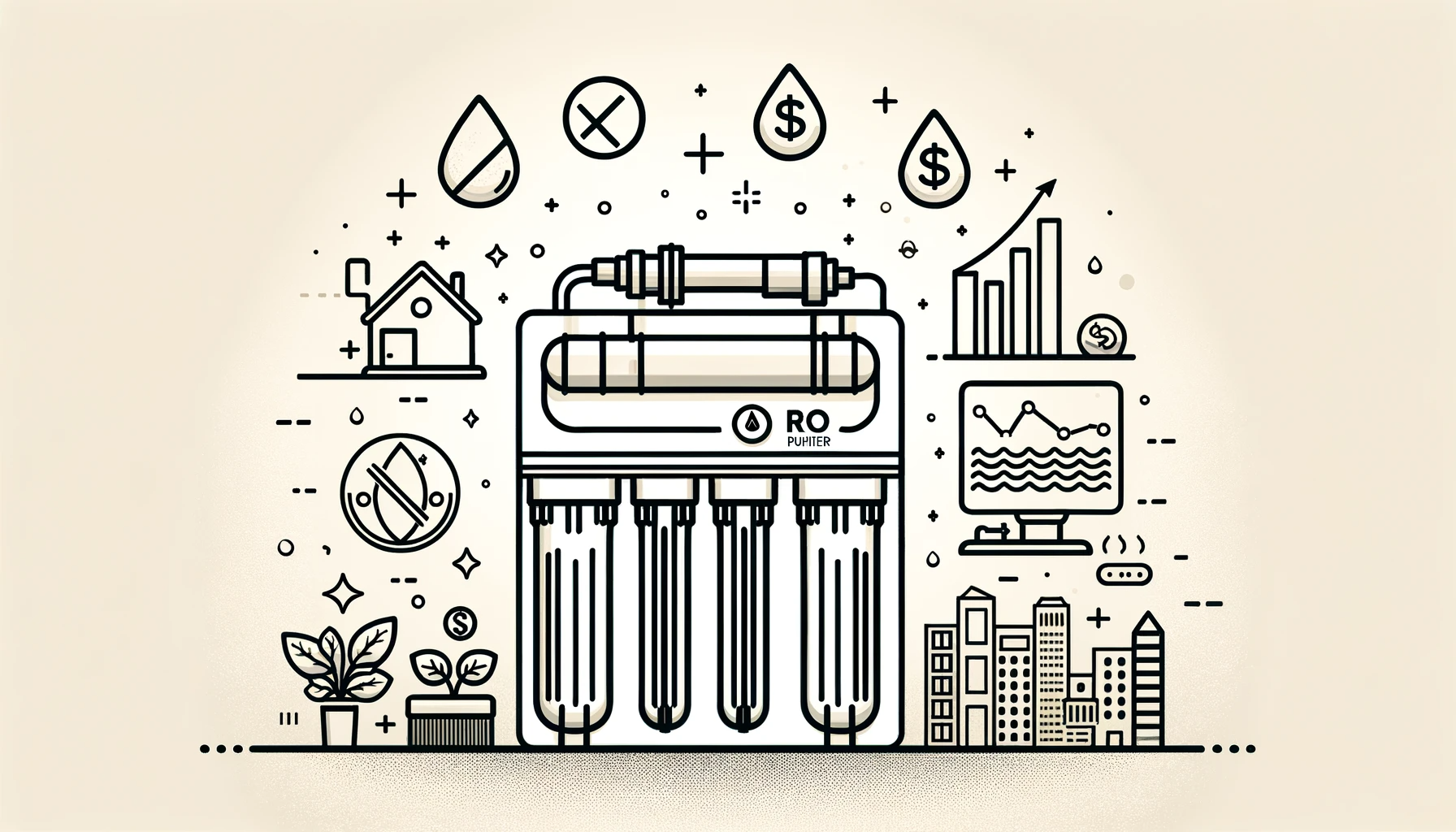
In recent times, the question of whether Reverse Osmosis (RO) water purifiers are a necessity for Indian households has become a hot topic of discussion. Once hailed as champions of water purity, RO purifiers are now under scrutiny for their environmental impact and the health consequences of removing essential minerals from drinking water. This article aims to provide insights into the need for an RO purifier at home, drawing from expert opinions and scientific facts.
The Water Wastage Concern:
One of the most significant drawbacks of RO purifiers is their substantial water wastage. Shockingly, up to 80% of water goes down the drain while purifying just one liter [1]. This alarming statistic has caught the attention of the National Green Tribunal (NGT) in India, prompting discussions about potentially banning RO systems [1]. This excessive wastage not only harms the environment but is also a significant concern in water-scarce regions of the country [1].
Essential Minerals Stripped Away:
While RO purifiers effectively remove dissolved chemical contaminants, they also have a downside: the removal of essential minerals crucial for our health. Calcium, magnesium, and potassium are minerals present in water that nourish our bodies. Unfortunately, the RO process indiscriminately strips these minerals away, leaving water devoid of its natural goodness [2].
The Water Quality Association India (WQIA) emphasizes that RO systems cannot distinguish between “good” and “bad” chemicals, leading to the removal of even beneficial minerals [2]. This results in demineralized water that might not be the best choice for everyday consumption [2].
Understanding Total Dissolved Solids (TDS) Levels:
Total Dissolved Solids (TDS) levels in water have long been debated. The Bureau of Indian Standards (BIS) sets the acceptable limit for TDS in drinking water at 500 ppm (parts per million) [3]. However, exceeding this limit does not necessarily make water unsafe for consumption [3].
The World Health Organization (WHO) suggests a TDS limit of 300 ppm but does not claim that levels above this threshold are hazardous to health [3]. In fact, the BIS indicates that water with TDS levels of up to 2000 ppm can be considered acceptable for drinking when no other water sources are available [3]. Unfortunately, the RO industry often fails to provide this nuanced information to consumers [3].
Conclusion:
In conclusion, the debate over the necessity of RO purifiers in Indian households is not a straightforward one. While these systems effectively remove contaminants from water, they also pose environmental concerns and strip away essential minerals. Informed decision-making based on water quality and specific needs is crucial for consumers.
Rather than blindly following trends, it’s advisable to assess the TDS levels in tap water and consider alternative purification methods. UV purifiers or activated carbon filters may offer more sustainable and health-conscious solutions [4]. The choice to install an RO purifier should be made after careful consideration of environmental impact, water source quality, and personal health requirements. Indian consumers are encouraged to take control of their water purification choices armed with knowledge, prioritizing both the environment and personal well-being [4].
In summary, while RO purifiers can be effective, it’s essential to weigh their pros and cons before making a decision. A thoughtful approach to water purification ensures a balance between health, environmental sustainability, and water conservation.
[1]: [National Green Tribunal] (https://www.indialegallive.com/top-news-of-the-day/news/ngt-nixes-order-ro-water-purifiers/)
[2]: [Water Quality Association India] (http://www.wqia.org/)
[3]: [Bureau of Indian Standards] (https://www.bis.gov.in/)
[4]: [Activated Carbon Filters] (https://www.ncbi.nlm.nih.gov/pmc/articles/PMC3320423/)